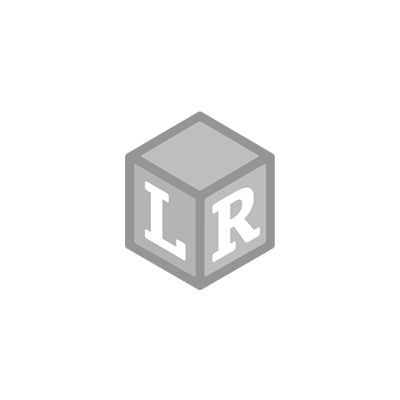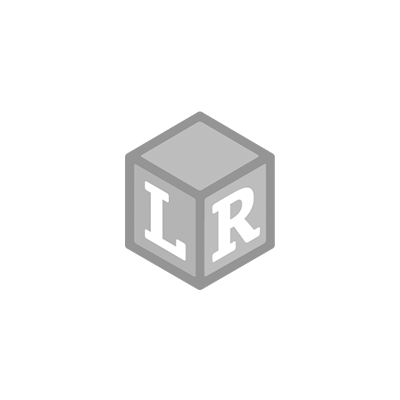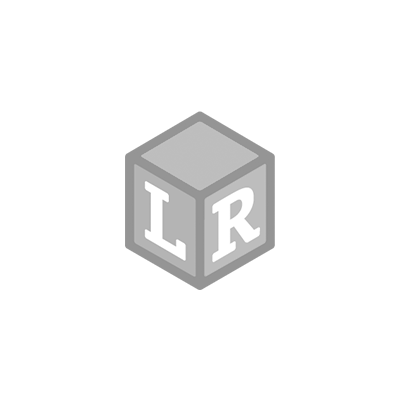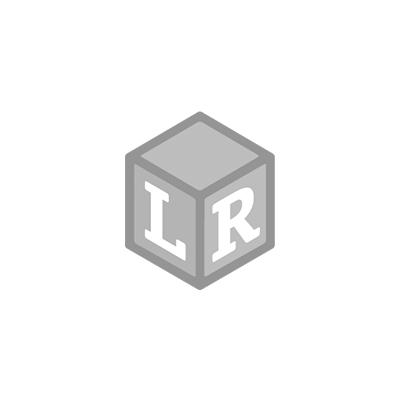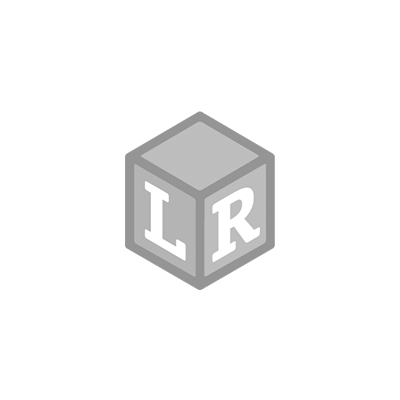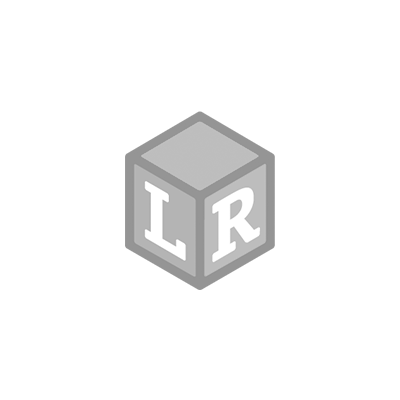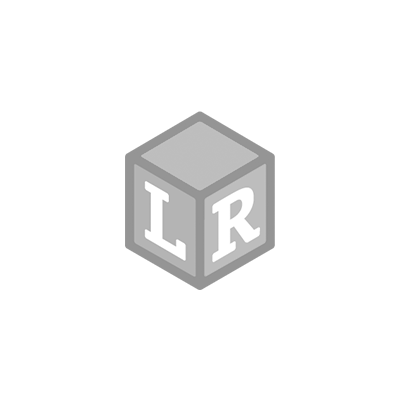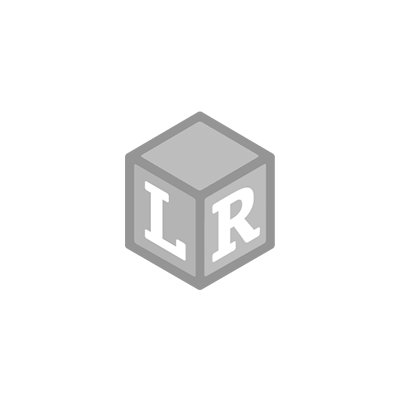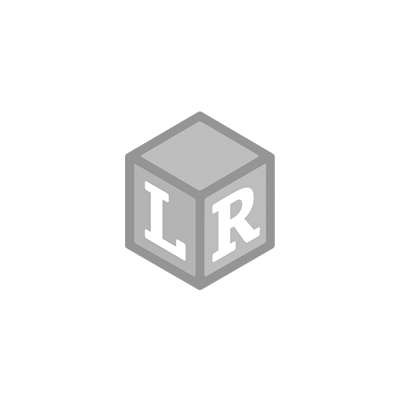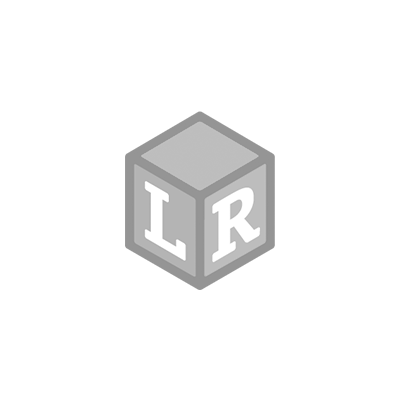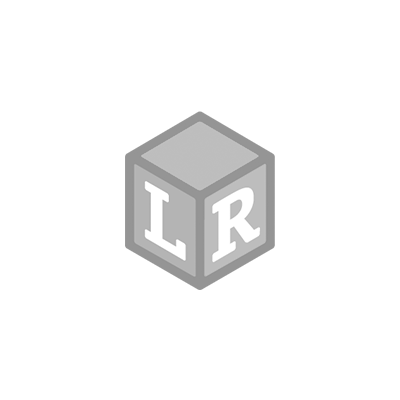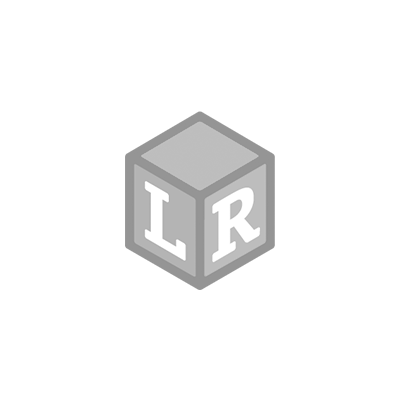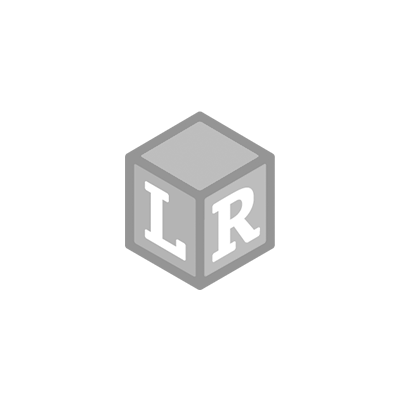Valentine's Day Mathlink Cube Activities
- Learning Resources Posted On Jan 25, 2023 | Printables
Mathlink Cubes are perfect for creating fun and engaging Valentine's Day themed math activities. Additionally, Mathlink Cubes can be used to create patterns and sequences, such as making a pattern of hearts and counting the number of cubes used. These activities will help students practice their math skills in a fun and festive way.
Learn More
Mathlink Cubes are great for kids for several reasons:
- Hands-on learning: Mathlink Cubes are a hands-on learning tool that children can physically manipulate and explore mathematical concepts. This can help to make math more engaging and interactive for students.
- Multi-use: Mathlink Cubes can be used for various mathematical concepts, including counting, addition, subtraction, measurement, geometry, and more. This makes them a versatile and valuable tool for teachers and parents to have in their toolkits.
- Develops fine motor skills: Using the Mathlink Cubes requires children to use their fine motor skills, which can help to improve dexterity and hand-eye coordination.
- Concrete to abstract: Mathlink Cubes provide a concrete representation of mathematical concepts, which can help children to understand and internalize these concepts. Then the children can apply what they learned in the tangible form to more abstract problems.
- Fun and engaging: Mathlink Cubes come in different colors, making math activities fun and engaging for children. The fun and colorful aspect of the cubes makes children more excited to learn and practice math.
- Differentiation: Mathlink Cubes can be used to provide different levels of challenge for students, making it easy for teachers to differentiate instruction and provide support for students who need it.
Overall, Mathlink Cubes are an excellent tool for kids to learn and practice math in a fun and interactive way.
 Shop UK Site
Shop UK Site 


